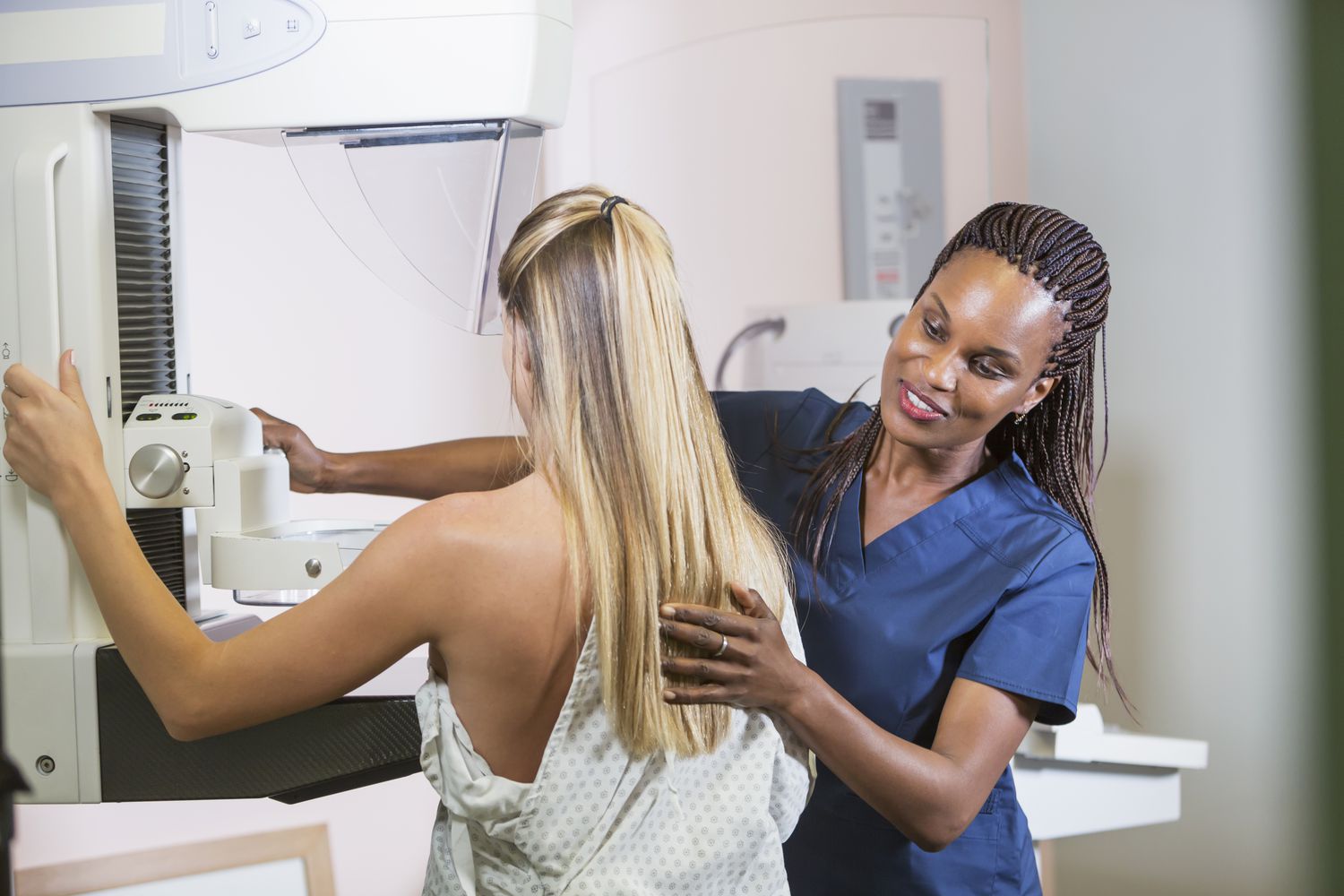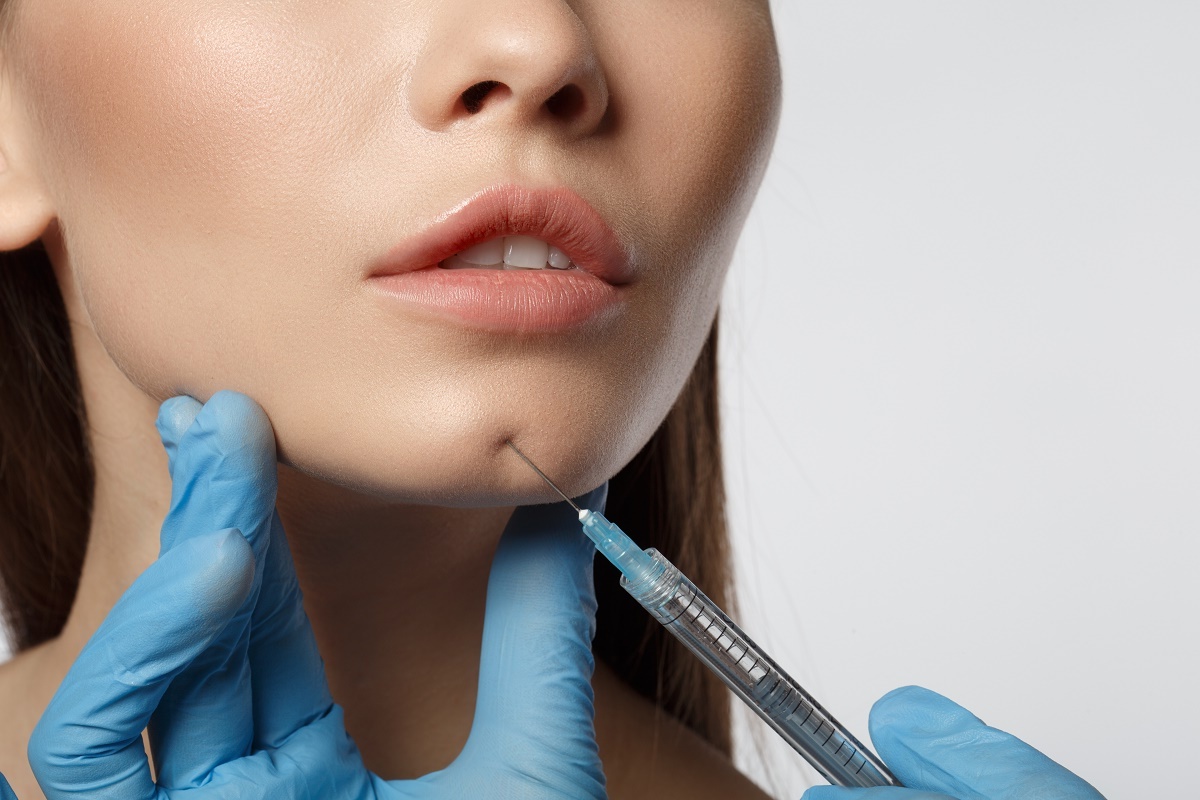
Mammograms are essential for detecting breast cancer early, potentially saving lives. But what exactly is a mammogram, and why is it so important? A mammogram is an X-ray picture of the breast used to find tumors and other abnormalities. Women over 40 are often encouraged to get one annually. The process might seem intimidating, but understanding it can ease concerns. Early detection through mammograms can lead to more effective treatment options. Curious about how mammograms work, their benefits, and what to expect? This post will provide you with 50 fascinating facts about mammograms, shedding light on everything you need to know.
What is a Mammogram?
A mammogram is an X-ray picture of the breast. Doctors use mammograms to look for early signs of breast cancer. Regular mammograms are the best tests doctors have to find breast cancer early, sometimes up to three years before it can be felt.
- Mammograms can detect tumors that are too small to be felt.
- The procedure involves compressing the breast to get a clear image.
- Digital mammograms store images electronically, making them easier to share.
- 3D mammograms, or tomosynthesis, provide a more detailed view.
- Mammograms can also detect microcalcifications, tiny deposits of calcium in the breast.
Why Are Mammograms Important?
Early detection of breast cancer can save lives. Mammograms play a crucial role in this early detection, making them an essential tool in women's health.
- Early detection through mammograms can lead to less aggressive treatments.
- Women aged 50 to 74 are recommended to get a mammogram every two years.
- Women with a family history of breast cancer may need to start screening earlier.
- Mammograms can reduce the risk of dying from breast cancer by 25-30% for women aged 50-69.
- They can also help detect other breast conditions, not just cancer.
How to Prepare for a Mammogram
Preparing for a mammogram can help ensure the process goes smoothly and the results are accurate. Here are some tips to get ready for your appointment.
- Avoid using deodorants, perfumes, or powders on the day of the exam.
- Schedule your mammogram for a time when your breasts are least likely to be tender.
- Wear a two-piece outfit so you only need to remove your top.
- Bring previous mammogram images if you are visiting a new facility.
- Inform the technician if you have breast implants.
What to Expect During a Mammogram
Understanding what happens during a mammogram can help ease any anxiety about the procedure. Here’s what typically occurs.
- You will stand in front of a special X-ray machine.
- A technologist will place your breast on a clear plastic plate.
- Another plate will firmly press your breast from above.
- The plates will flatten the breast to get a clear picture.
- You will need to hold still and may be asked to hold your breath for a few seconds.
Common Myths About Mammograms
There are many misconceptions about mammograms that can cause unnecessary worry. Let’s clear up some of these myths.
- Mammograms are not as painful as many believe.
- The radiation exposure from a mammogram is very low.
- Mammograms are not just for older women; younger women at high risk may need them too.
- Having a mammogram does not increase the risk of breast cancer.
- Mammograms are not 100% accurate but are the best screening tool available.
Risks and Limitations of Mammograms
While mammograms are incredibly useful, they do have some risks and limitations. It’s important to be aware of these.
- False positives can occur, leading to unnecessary anxiety and additional tests.
- False negatives are possible, meaning cancer might not be detected.
- Overdiagnosis can lead to treatment of cancers that would not have caused problems.
- Mammograms may be less effective in women with dense breast tissue.
- There is a small risk of radiation exposure, but it is minimal compared to the benefits.
Innovations in Mammogram Technology
Technology is constantly improving, making mammograms more effective and less uncomfortable. Here are some recent advancements.
- 3D mammography provides a more detailed view of the breast.
- Artificial intelligence is being used to help read mammogram images.
- Contrast-enhanced mammography can highlight areas of concern more clearly.
- Portable mammography units are being developed for easier access in remote areas.
- New compression techniques aim to make the process more comfortable.
Tips for Reducing Discomfort During a Mammogram
Some women find mammograms uncomfortable, but there are ways to minimize this. Here are some tips to help make the experience better.
- Schedule your mammogram for a week after your period when breasts are less tender.
- Take an over-the-counter pain reliever before the exam.
- Communicate with the technologist about your comfort level.
- Relax and take deep breaths to ease tension.
- Ask if the facility offers padded mammogram plates.
The Future of Mammograms
The future of mammograms looks promising with ongoing research and technological advancements. Here’s what we can expect.
- More personalized screening schedules based on individual risk factors.
- Improved imaging techniques for better accuracy.
- Integration of genetic information to tailor screening and prevention strategies.
- Development of non-invasive screening methods.
- Enhanced AI algorithms for more precise readings.
Frequently Asked Questions About Mammograms
Many people have questions about mammograms. Here are some common ones answered.
- How long does a mammogram take? Usually about 20 minutes.
- When will I get my results? Typically within a few days to a week.
- Can I get a mammogram if I’m pregnant? Generally, it’s postponed unless absolutely necessary.
- How often should I get a mammogram? It depends on your age and risk factors.
- Are mammograms covered by insurance? Most insurance plans cover them, but it’s best to check with your provider.
The Importance of Mammograms
Mammograms save lives. Regular screenings can detect breast cancer early when it's most treatable. Women over 40 should get one annually. Those with a family history of breast cancer might need to start earlier. Early detection means less aggressive treatment and better outcomes.
Mammograms aren't perfect but they're the best tool we have. They can sometimes miss cancer or show something that isn't cancer. Still, the benefits far outweigh the risks.
Talk to your doctor about your risk factors and when to start screening. Don't let fear or misinformation keep you from taking care of your health.
Remember, a mammogram only takes a few minutes but it could add years to your life. Stay informed, stay proactive, and encourage others to do the same. Your health is worth it.
Was this page helpful?
Our commitment to delivering trustworthy and engaging content is at the heart of what we do. Each fact on our site is contributed by real users like you, bringing a wealth of diverse insights and information. To ensure the highest standards of accuracy and reliability, our dedicated editors meticulously review each submission. This process guarantees that the facts we share are not only fascinating but also credible. Trust in our commitment to quality and authenticity as you explore and learn with us.


